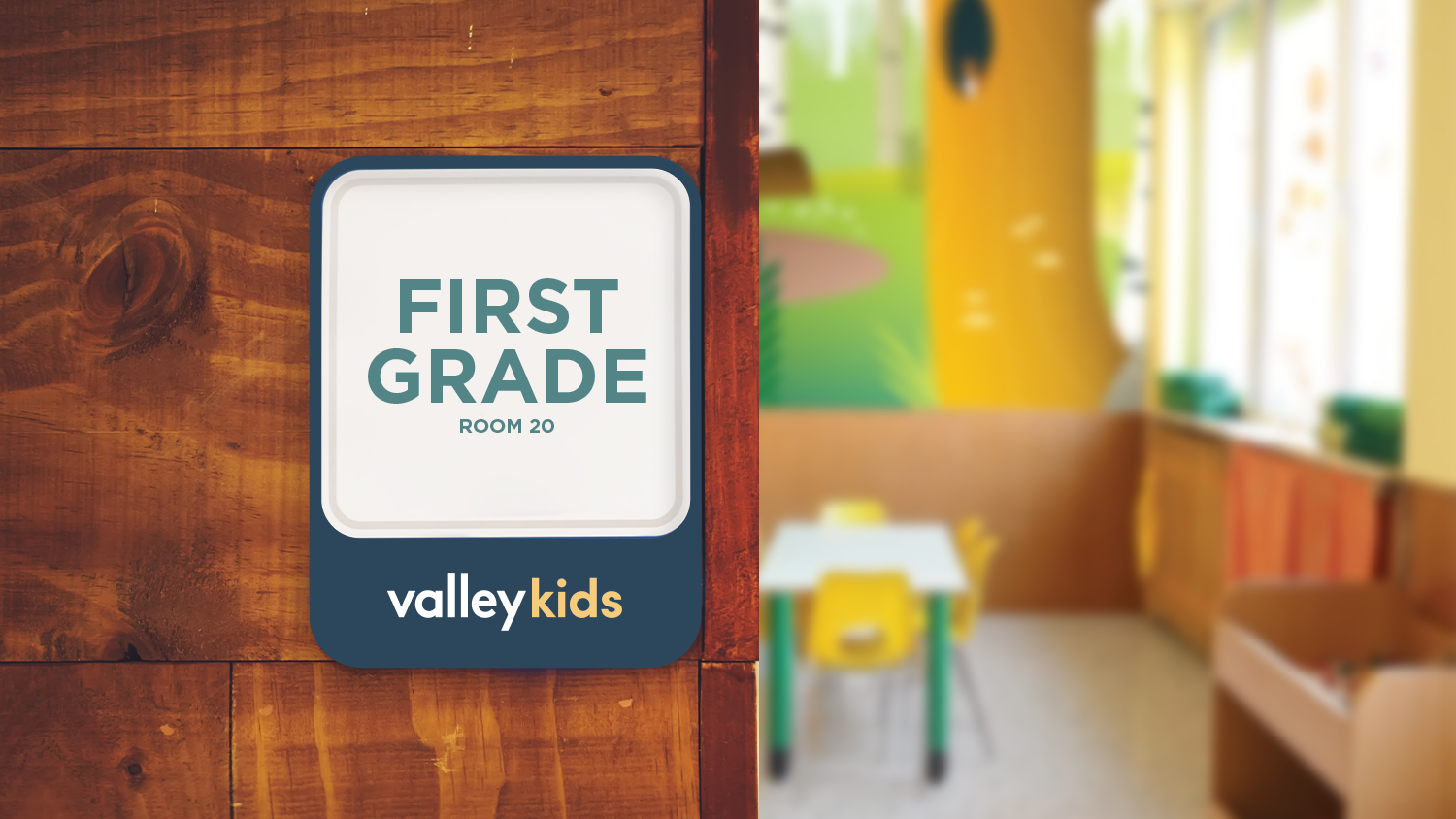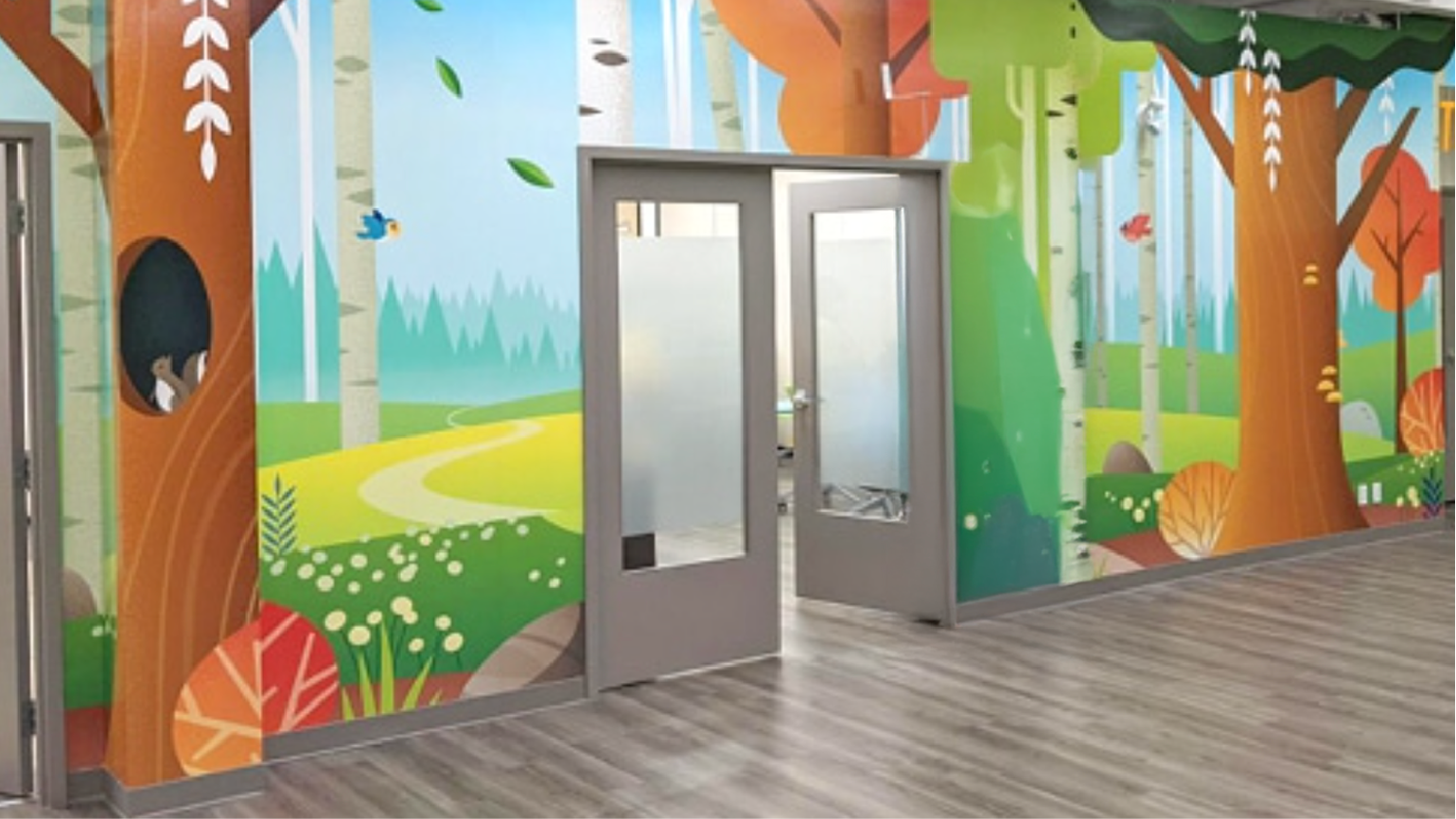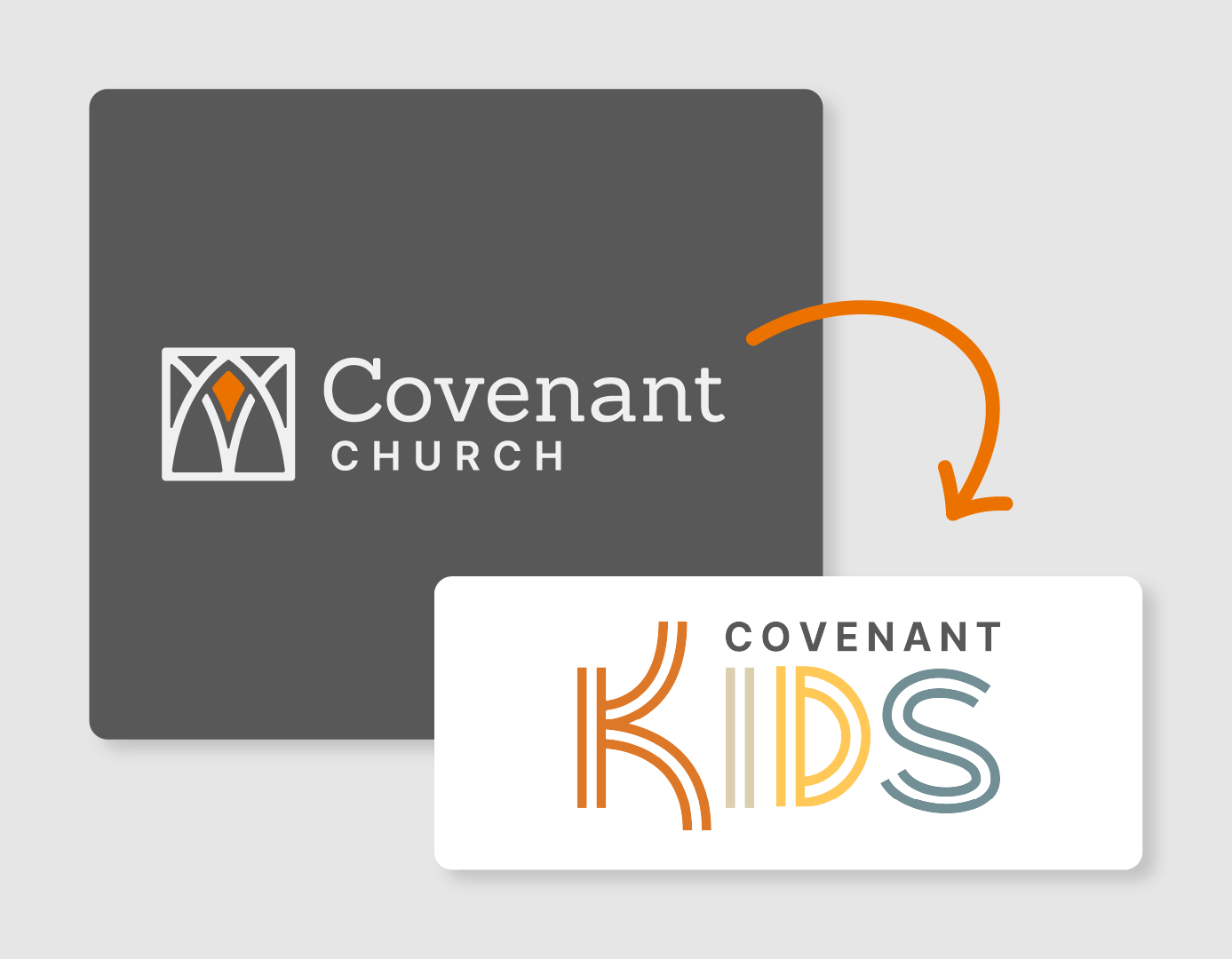When it comes to naming kids' classrooms at your church, the possibilities are endless—which is both exciting and overwhelming. Over the years, as a team working closely with churches nationwide, we've witnessed countless discussions on this topic—and as parents who have navigated children's ministries as first-time visitors at these churches, we’ve seen what works and what doesn’t.
So, what makes a children's ministry name effective? Here are the insights we’ve gathered to help you create a welcoming, engaging, and strategically branded environment for families.
Clarity Always Wins
The first rule of naming classrooms? Make it easy. New families walking in on a busy Sunday morning don’t have the mental bandwidth to figure out what you think the difference is between a “climber” and a “toddler.” This also means skipping the cutesy, abstract names (e.g., "Little Lambs" or "Goldfish") in favor of simple, intuitive ones like "Preschool Room" or "3rd-5th Grade."
Remember: younger kids don’t identify with thematic names the way older kids or teenagers do. At these early ages, children primarily connect with their age or grade group. A well-named ministry makes it effortless for families to find their way.

Themes are Your Secret Weapon
Just because names should be clear doesn’t mean the rooms have to be boring. Themed environments can transform a standard classroom into an experience. They spark curiosity, excitement, and a sense of belonging.
That said, consistency is key. A piecemeal approach leads to a confused-looking ministry where some rooms are whimsical and engaging while others feel neglected. Instead, make sure you sit down with your team and develop a cohesive, church-wide vision for how themes will enhance your children’s ministry—in alignment with the rest of your church’s vision/brand.

Stay on Brand
Your children’s ministry isn’t an island—it’s a vital part of your church. That means branding should align with the broader church identity. Ask yourself:
- Is our church reverential and classic, or more modern and vibrant?
- Are we in an urban setting, or are we a suburban church?
- What is our church's primary messaging, and how does our children’s ministry reinforce that?
The children’s ministry should feel like a natural extension of the larger church, not a completely separate entity. From logo design to signage and room decor, make sure everything ties back to the overarching brand.
A smart approach also ensures future flexibility. Class structures and age groups will evolve, so choosing adaptable names prevents the need for frequent rebranding.
Pro-tip: Name, brand, and implement themes all at once. We’ve seen churches stretch this out over years, leading to a ministry that feels scattered and inconsistent. A unified rollout is the best way to create an impactful, well-designed space.

TL;DR: Communicate Clearly and Consistently
- Covenant Church
- Kids Ministry Name: Covenant Kids
- Logo: A playful but recognizable variation of the parent church logo
- Classroom Names:
- Nursery (0-2)
- Littles (2-5)
- K-1
- 2nd & 3rd
- 4th & 5th
By following these principles, you’ll create a children’s ministry that is clear, engaging, and deeply connected to the mission of your church. And more importantly, you’ll provide a welcoming environment where kids feel excited to belong and parents feel confident in their choice.
Recent Articles














